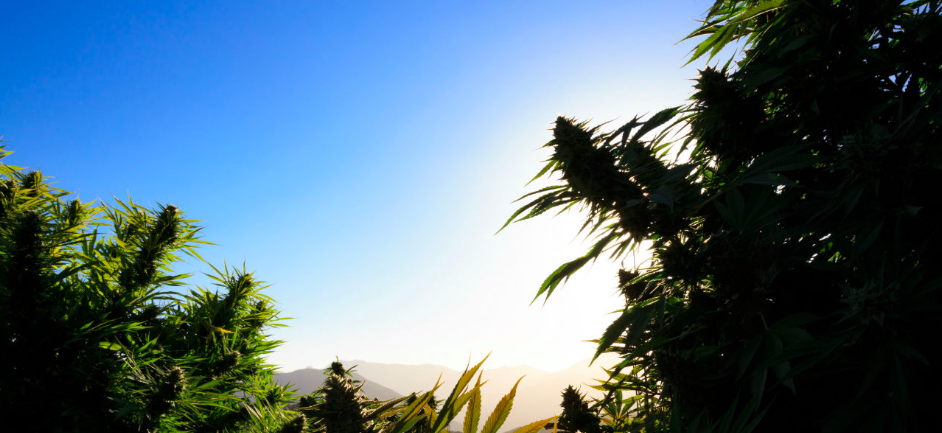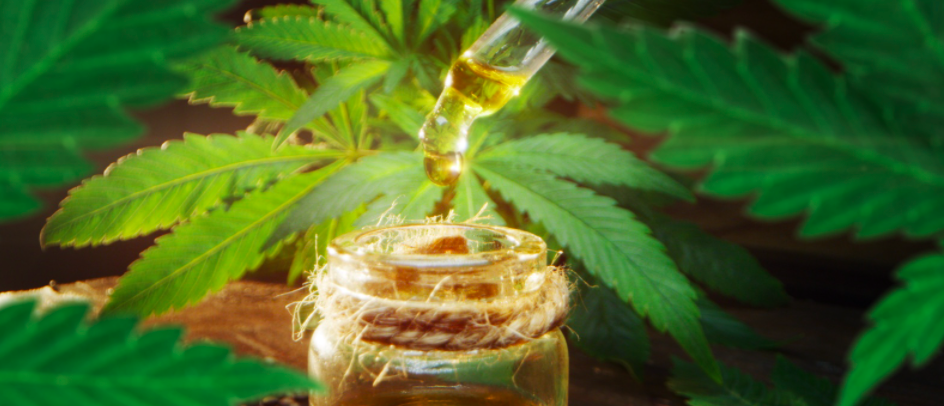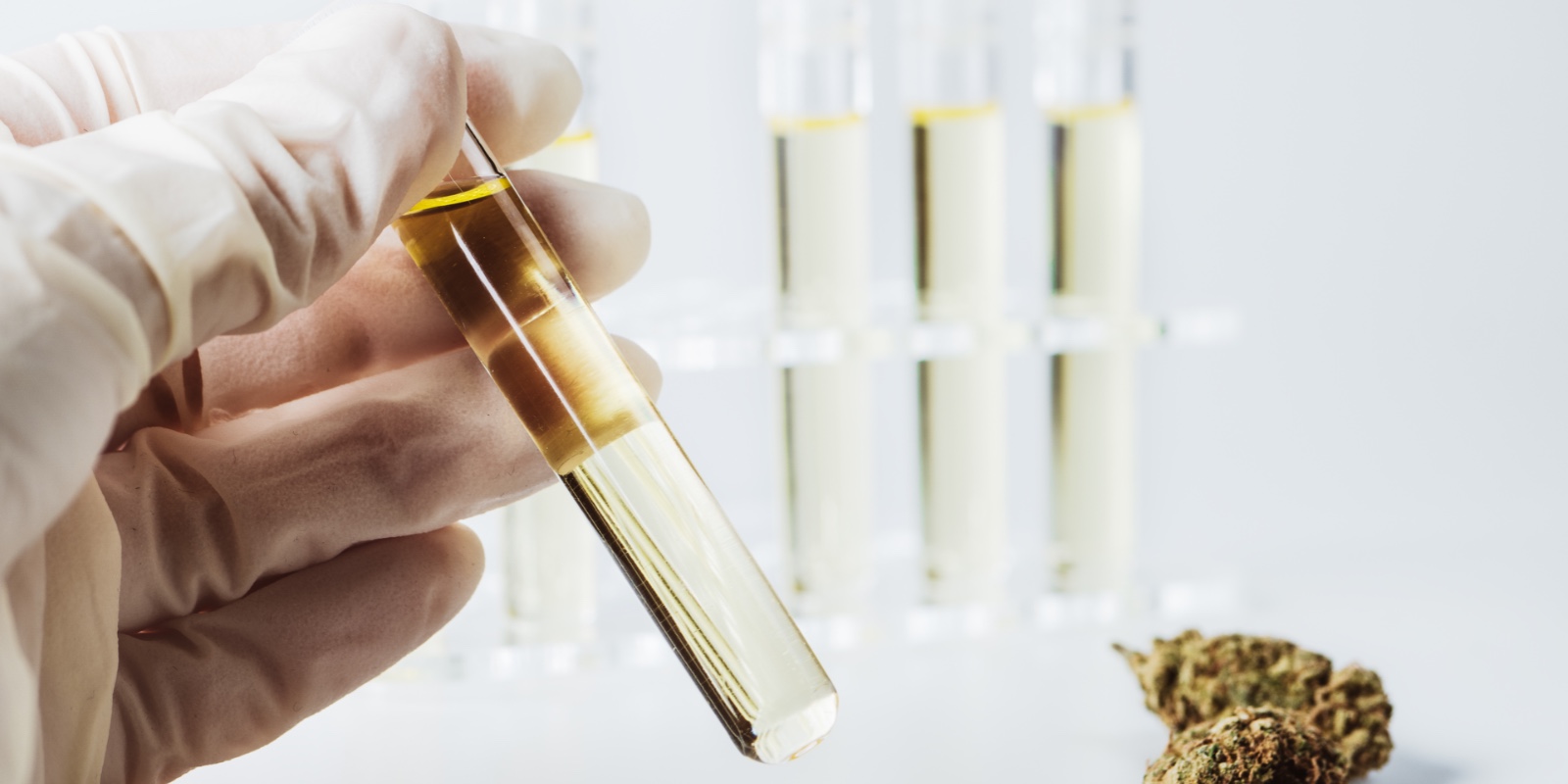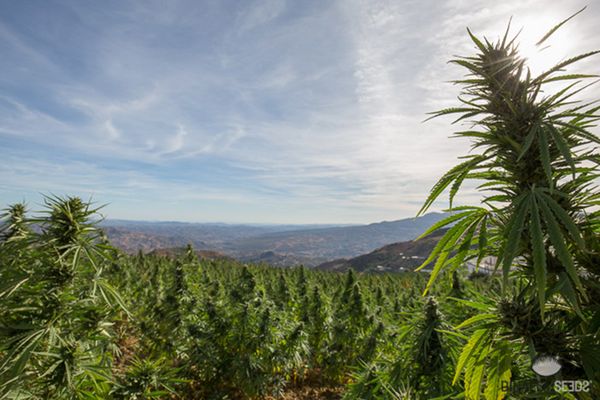• Every year seed banks place new genetics on the market, adding yet another few drops to the immense ocean of flavours and aromas that is the enormous genealogical tree of cannabis.
• As a result, you have probably sometimes felt overwhelmed by the great number of strains making up this complicated lineage.
• There are some concepts that even the most inexpert cultivators are familiar with: Indica, Sativa, autoflowering, feminized… but do you really know about the origins of the plants that you are cultivating and/or consuming?
• Without any doubt, the work of breeders over the course of decades has produced strains that today meet high standards of quality, obtained by means of selection, cultivation and hybridisation techniques.
Just as genetics play a crucial role in determining our physical characteristics (the colour of our skin, eyes, etc.), the same thing is true in the plant kingdom. Hence, breeders and cannabis cultivators in general are obsessed with the genetics of their plants, as they have a decisive influence on the results of their harvests. At the outset the subject may seem complicated and difficult to understand, and it is true that genetics is a science that requires a lot of knowledge and study. Nevertheless, there are some basic principles that can help you understand the origins of these rich strains that you plant in your garden. In this post we explain, in a simple way, some concepts so that you better understand the origins of the seeds that you can find on the market today. Let’s get to it.
What is genetic stability?
The term “stability” is often used in the cannabis world, but… what are we talking about exactly when we say that a variety is (or is not) stable? The genetic stability of a plant is defined by two concepts: variability and predictability. But, before explaining these terms, let’s clarify a couple of things that will help us on this journey towards an understanding of the cannabis genome.
• Genotype: genotype is the genetic code of a given organism; that is, its DNA.
• Phenotype: the external expression of the genotype. These are the physiological and morphologic particularities of the organism in question, determined by its genotype, in conjunction with its environment. We could summarise it using the following formula:
Genotype + Environmental action = Phenotype
Does this all sound like Greek to you? Let’s use an example… In its DNA a plant has a series of genes, that particular code being its genotype. The plant’s visible characteristics (purple, average height, broad leaves) are determined by its genotype (genetic predisposition determines certain characteristics) and interaction between it and its surroundings. This set of expressions or features are what we call a phenotype.
Now that we have clarified this, let’s continue with “stability”… We say that a strain is stable when it has a high degree of predictability; that is, when we can anticipate, more or less, what the phenotype (external characteristics) of its descendants will be like. We say that a genetic is unstable to the extent that it exhibits variability. The more unstable it is, the less we will be able to predict the characteristics of the descendants of the plants in question.
But… what determines whether a strain is stable or unstable?
From the agronomic point of view, the more stable a genetic is, the better. Breeders that work to supply the cannabis industry with new strains strive to make them as stable as possible. Why? Very simple: because it is only with stable strains that it is possible to guarantee that the seeds that are placed on the market will produce the plant that the customer seeks. One expects a certain set of characteristics from an OG Kush (Sativa dominance, a lemony, oily flavour; a powerful psychoactive effect…), for example, and the product must meet those expectations. But what makes a strain stable? Again, we must get to the bottom of the question: genes.
As we explained above, genes determine, to a large extent, a plant’s phenotype, or its external characteristics. Therefore, whether a plant is purple, for example, will depend on its DNA having genes that codify for this colour.
Imagine a genetic funnel. At the top of this funnel, where it is widest, we will place those cannabis plants that are outdoors and, therefore, exposed to open pollination. In general cannabis in nature tends to have a high degree of heterozygosis in its DNA, as each ovum from each female and each stamen that pollinates it are different, with a different genetic load. Since in an outdoor cannabis plantation there are many crosses between lots of different males and females (the wind transports pollen and it is impossible to control reproduction), the genotype of these plants is more “varied”, or heterozygotic.
The science begins to become more complicated. Heterozygosis? What is this? Don’t be intimidated. It’s simpler than it sounds… we’ll explain it in a simple way:
• Each gene is, in fact, a code that tells the cell “how it must do things.” A gene, therefore, can codify to define a physical characteristic (colour, shapes of leaves, etc.)
• Genes go “in pairs”, and these two units receive the name of alleles. Each plant has, therefore, two copies of a same gene, and in dioecious plants (which reproduce by means of interaction between the male and female), as is the case with cannabis, each allele is inherited from its father and mother. It is as if one of the parents had the right to contribute 50% of the genetic code to its children:
AA + BB= AB
• If a plant has two identical alleles, it is said that it is homozygotic for that gene: AA
• If the alleles are different, it is said that that plant is heterozygotic for that gene: AB
• A homozygotic gene is only going to transmit one kind of allele to its descendants; a mother with an AA homozygote gene will be able to transmit A for that gene. However a heterozygotic gene can transmit 2 different alleles; a plant with an AB gene can transmit A or B to its descendants. So, the more heterozygotic genes a plant has, the less one will be able to predict what its descendants will be like.
Let us use an example to make it easier to understand:
If we have a female plant with the homozygote gene that codifies for colour (for purple, for example), and we cross it with a male whose gene for colour is also homozygotic for purple, the descendants will be, without any doubt, purple.
PP + PP = PP
However, if we have a mother plant with this homozygote gene for purple, but we cross it with a male that has this P (purple) heterozygotic gene, and also G (green), we cannot be sure that the descendants will be purple:
PP + PV = ?
Thus, the more homozygotic genes a plant has, the easier it will be to predict what its descendants will be like. This takes us to the work that cannabis breeders have done over the last few decades, a work of genetic selection to narrow that bandwidth that we spoke of previously and to increase the percentage of homozygosis. That is, to make strains that are more stable.
How is a genetic stabilised?
To increase predictability and diminish genetic variability, it is necessary to narrow the genetic bandwidth; that is, to get the plants down to the bottom part of the funnel. What does this mean? It is necessary to get the plants’ genotypes to have the genes that codify for what one wants, rather than other genes that codify randomly. In short, it is necessary to increase the percentage of homozygosis of the genotypes.
This is where the work of breeders comes into play, as they isolate the female plants in indoor crops, pollinating them with those males (also isolated indoor closets) whose phenotypes exhibit the desired characteristics. After generations and a lot of selection work, varieties are created with a narrower genetic bandwidth, less variation in their genotypes, and greater predictability in their descendants; that is, the degree of homozygosis is augmented. This is how we are able to create stable genetics, by moulding the population. When we speak of stability, we are referring to how genetically domesticated a population is, how narrow its genetic bandwidth is.
We say that the higher a plant’s percentage of heterozygosis, the more “rustic” it is. Rusticity in the plant kingdom has to do with the ability of the plant to survive in nature, to withstand adverse conditions. The more wild the variety is, the more rustic it is too, since it has had to adapt to its surroundings. As we narrow the genetic bandwidth and increase the percentage of homozygosis, rusticity decreases. The strains with a greater percentage of homozygosis in their genotypes will be more “delicate” than those that are wilder. Therefore, they will be more defenceless against possible attacks (plagues, adverse climatic conditions, etc.)
In a wild population bandwidth is naturally very broad, as plants reproduce in a random way, making possible many different combinations. This means that the population will adapt to conditions depending on how the environment changes.
What types of cannabis genetics are there, depending on their stability?
Now that we are clear on what genetic stability is, and how it is obtained, it is time to explain the types of strains that we can find, depending on this characteristic.
• Landrace: A landrace variety is a wild strain that has been cultivated in a traditional way in different regions across the planet where cannabis cultivation is an ancient tradition (Afghanistan, Pakistan, Thailand, India, Nepal…). The growers of landraces have generally been local farmers who have gradually selected those plants they found better than the rest, based on certain characteristics, normally those that adapted better to the geographic area, the climate, and the environmental conditions. This process, of course, is carried out based on simple observations leading to decisions shaping the different populations of landraces. Thus, we might say that these growers are like rough sculptors who do not add much detail. Although these local farmers select those plants they identify as preferable, many males and many females participate in the pollination of these plants, which is very open, giving rise to great genetic variability. A landrace cannabis strain is, therefore, a genetic group that has been shaped by the cultivators of that breed of cannabis, which has a very broad genetic bandwidth.
Are landraces the result of human selection?
Not completely. A landrace is the result of the plant’s natural adaptation to its surroundings, and human intervention. The landraces that can be found today are the result of a process of natural adaptation + human selection that has lasted thousands of years.
Cultivar: a strain cultivated for the purpose of increasing the homozygosis percentage of the plant’s genotype. These are varieties that we generally find on the market nowadays, more stable strains that guarantee certain parameters in the plant’s phenotype.






